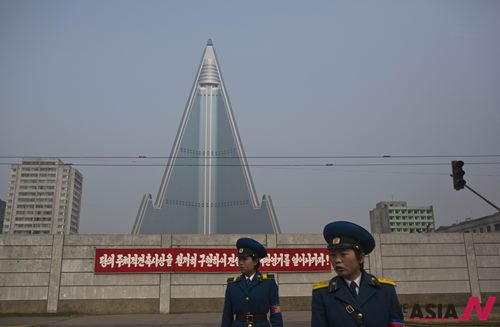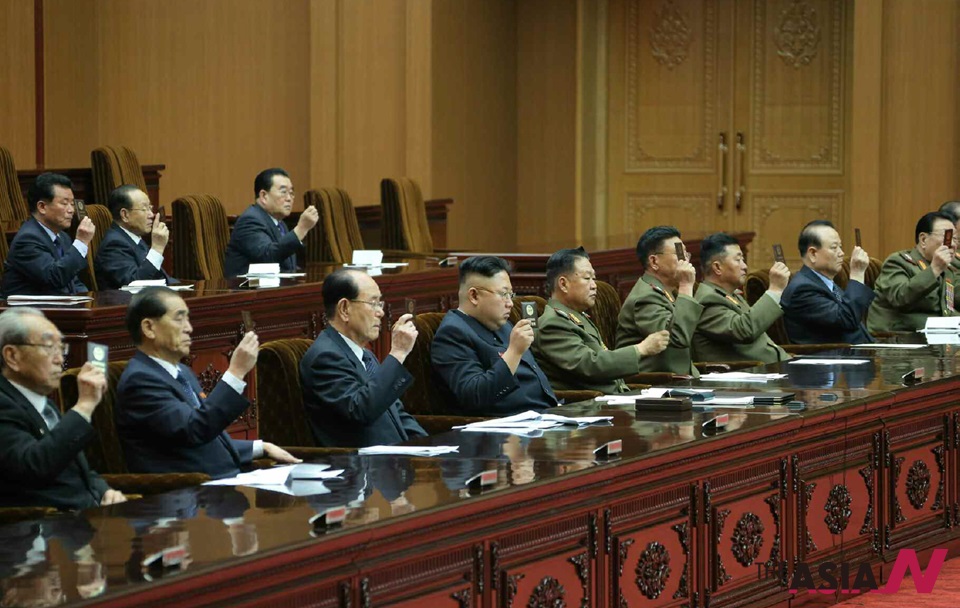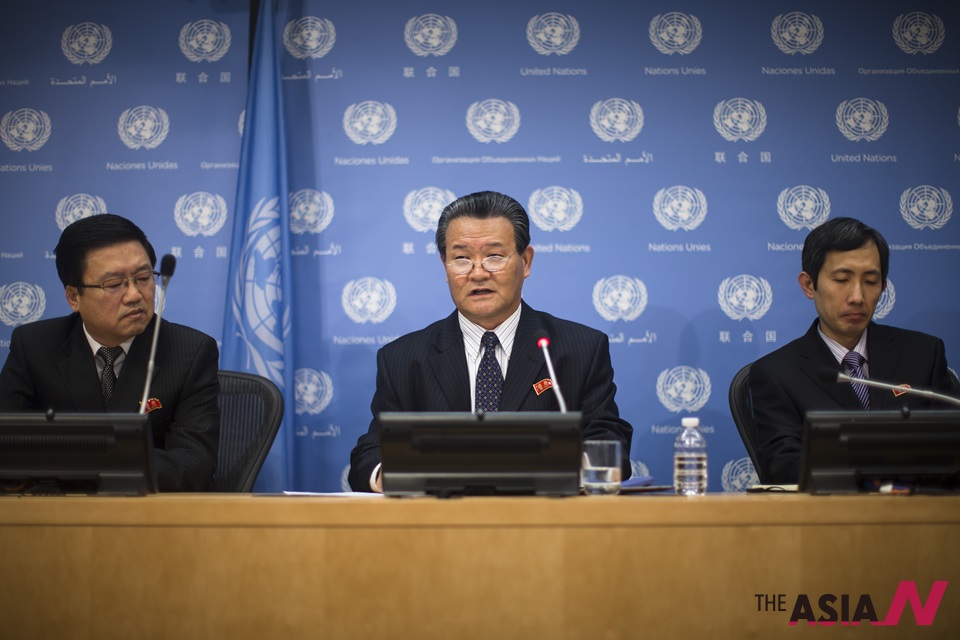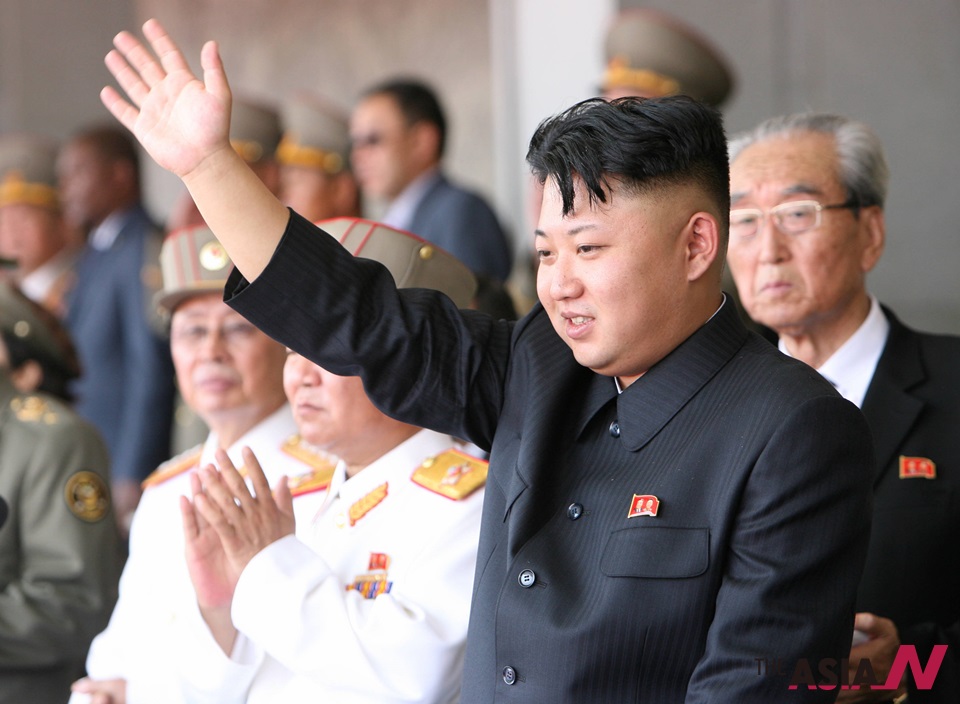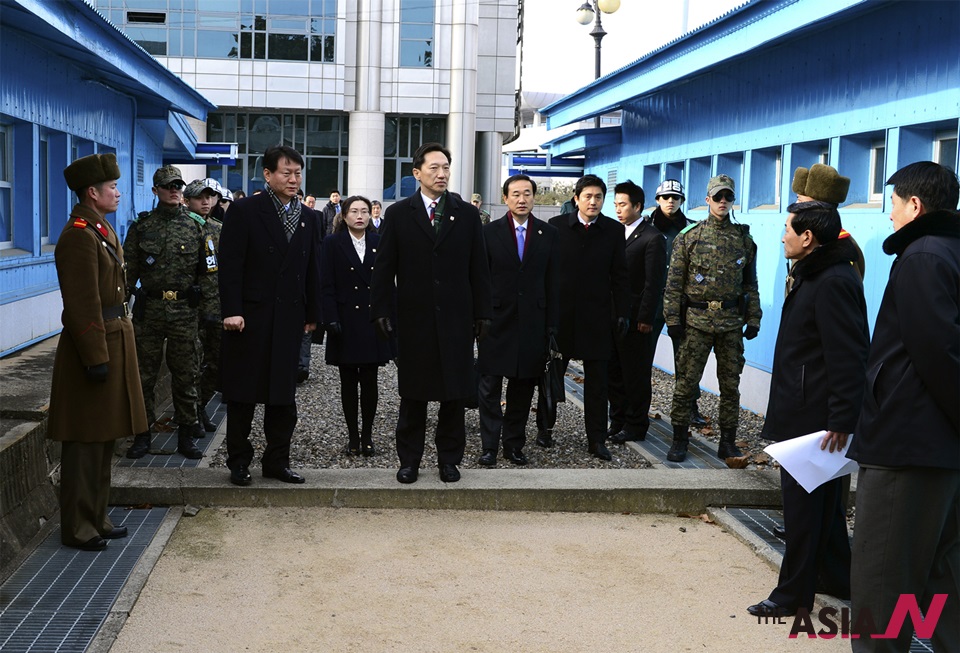
N Korea’s reporting on collapse of Pyongyang apartment

On 18th May 2014, the Korean Central News Agency (KCNA) released an unusual report in which they admitted that a 23-storey apartment building had collapsed in downtown Pyongyang. The official report also admitted that some unlucky inhabitants of the apartment had been killed as a result, though there were no exact numbers in the report.
The KCNA report also told readers that the disaster was the result of unsound construction (well its pretty obvious). Some North Korean officials visited the site and expressed apologies to survivors and the families of those who had died.
Many think that this report is unusual. In fact, North Korea has inherited the traditions of Stalin’s Soviet media. In the USSR under Stalin, or to be more precise, from the mid-1930s until the mid-1950s, neither natural nor industrial disasters were supposed to be reported. One of the most notorious examples is the Great Ashgabat Earthquake of 1948. This earthquake in then Soviet Central Asia killed between 110,000 and 180,000 people (the latter figure is the present day estimate of the city’s authorities). Staggeringly, it was not mentioned in the Soviet media of the time.
The very fact that the present disaster being reported in the North Korean media is sometimes seen as a sign of change – more so because the report itself was lengthy and rather thorough by North Korean standards. In a telling gesture, North Korean authorities even allowed journalists from the local bureau of the Associated Press to visit the site and take some pictures (which were then released to the international media).
However, if one looks at the history of the North Korean media, this event is not completely unprecedented.
Explosion at Ryongchon station also reported
Indeed, in 2004, the North Korean media wrote about a massive explosion that had occurred at the railway station of Ryongchon on the 22nd April. This incident was indeed quite remarkable – not least because the explosion occurred just hours after the armed train of the Dear Leader Marshal Kim Jong Il had passed the very same station. Indeed, had somebody wanted to kill the North Korean strongman while he was travelling, only an explosion of such a magnitude would do.
However, the station of Ryongchon is located close to the border with China. Thus the explosion was seen and heard by the Chinese. To complicate things further, the station was located on the mainline that connects Pyongyang with Sinuju, this line is the major rail link between North Korea and the outside world. When foreigners travel to or through North Korea by train, they always pass through Ryongchon. This meant that the massive devastation could not be hidden from the outside world, and foreigners learnt about the explosion very soon after it occurred. Given that it was impossible to hide, the North Korean authorities decided to be reasonable: they admitted that an explosion had occurred.
As a matter of fact, there were some reports about rescue and restoration work at the station. Furthermore, the North Korean government even published an official review of the incident in which it was claimed that the explosion was the result of an unfortunate incident. Sparks had ignited several carriages of ammonium-nitrate fertilizer that had been parked at the station.
This incident was remarkable in one regard: it demonstrated the fact that North Korea’s leadership is willing to admit some things that they cannot hide from the outside world. It appears that the same logic is applicable to the recent disaster in Pyongyang.
N Korean government sometimes “smarter” than often assumed
The collapse of a large and highly visible building in the downtown of the capital city is not something that will remain unnoticed. Pyongyang is a place where nearly all permanent foreign residents in North Korea live and work. There was little doubt that in a matter of days stories about the disaster – probably exaggerated and embellished – would start popping up in the international media. It seems that the South Korean government learnt about the incident almost immediately but decided not release the information. The fear was seemingly that they would be criticised by the opposition for trying to distract attention from the Sewol disaster.
So, Pyongyang did what any smart and calculating government would do, they were proactive and presented their own version of events. This demonstrates that they are smarter than it is often assumed, but this definitely has nothing to do with the arrival of openness to North Korea.





